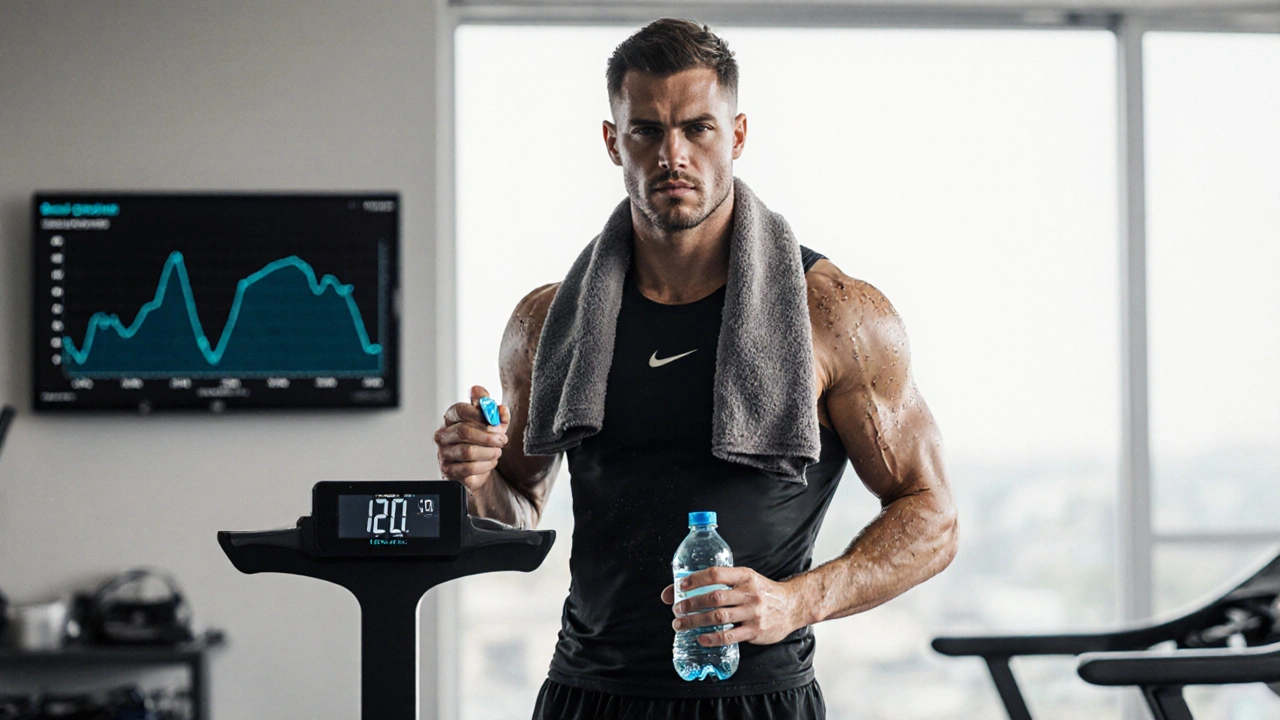
How to Prevent Hyponatremia in Athletes: Proven Tips and Tricks
Learn practical steps to stop hyponatremia in athletes, from calculating sweat loss to choosing the right electrolytes, with real‑world tips, a comparison table, and FAQs.
When working with sodium balance, the body's system for keeping sodium levels within a healthy range. Also known as sodium homeostasis, it plays a key role in fluid distribution, nerve signaling, and muscle contraction. Electrolyte homeostasis, the broader process that regulates ions like potassium, calcium and chloride depends heavily on how well sodium is managed, because sodium drives water movement across cell membranes. In turn, Kidney function, the filtration and reabsorption work performed by nephrons is the primary engine that adjusts sodium excretion or retention, responding to signals from hormones such as aldosterone. Those hormonal cues also tie into blood pressure regulation, the mechanisms that keep arterial pressure within a safe window, because sodium attracts water and raises blood volume. Finally, maintaining the right fluid balance, the equilibrium between intracellular and extracellular water hinges on this cascade of sodium control, kidney response, and vascular tone. In short, sodium balance encompasses electrolyte homeostasis, requires kidney function, and influences blood pressure regulation, creating a tightly linked system that keeps you feeling steady.
Understanding these connections helps you spot why a salty snack can make you feel puffier or why a diuretic can drop your blood pressure fast. When sodium intake spikes, the kidneys work overtime to dump the excess, but chronic overload can blunt that response, leading to higher blood volume and, eventually, hypertension. Conversely, low sodium diets may trigger the renin‑angiotensin‑aldosterone system, nudging the kidneys to hold on to every grain, which can cause dizziness or electrolyte imbalances. Knowing how each part of the chain reacts lets you make smarter choices—whether you’re cutting back on processed foods, staying hydrated, or monitoring medication that affects kidney or heart function. Below you’ll find a mix of practical guides, medication comparisons, and condition‑specific articles that dive deeper into each piece of the sodium‑balance puzzle, giving you the tools to keep your system in check.

Learn practical steps to stop hyponatremia in athletes, from calculating sweat loss to choosing the right electrolytes, with real‑world tips, a comparison table, and FAQs.